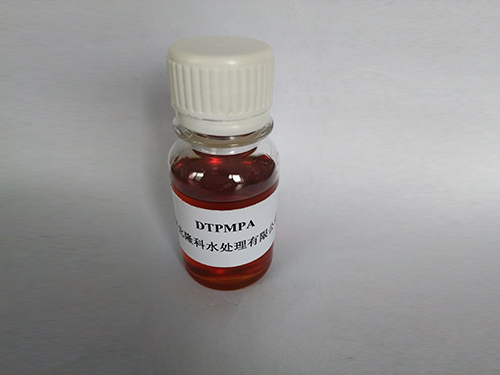Understanding the Key Distinctions Between Coagulants and Flocculants in Water Treatment Processes
Difference Between Flocculant and Coagulant
In various industries and environmental processes, the terms flocculant and coagulant are often used interchangeably. However, these chemicals serve distinct purposes in the treatment of liquids, particularly in water treatment processes. Understanding the difference between flocculants and coagulants is essential for engineers, environmental scientists, and anyone involved in water purification or waste treatment.
Definition and Functionality
Coagulants are substances that cause the aggregation of particulates in a liquid, effectively allowing them to clump together to form larger particles known as flocs. This process is essential in removing suspended solids and colloids from water, as it reduces turbidity. Common coagulants include aluminum sulfate (alum) and ferric chloride, which work by neutralizing the negative charges on particles, allowing them to bond and precipitate out of the solution.
Flocculants, on the other hand, are agents that facilitate the agglomeration of these larger particles into even bigger clusters that can settle more readily. Typically, flocculants are high molecular weight polymers, such as polyacrylamides, which create a bridge between individual flocs, enhancing the formation of a cohesive mass. This process is particularly important in the final stages of water treatment or when dealing with very fine particles that do not settle easily.
Mechanism of Action
The mechanism of action between coagulants and flocculants is where the distinction becomes clearer. Coagulants initiate the first step of treatment—destabilizing the colloidal particles. For instance, when alum is added to water, it dissociates to release aluminum ions. These ions neutralize the electrostatic charges on suspended particles, allowing them to come together and form larger aggregates.
difference between flocculant and coagulant

Once coagulation has occurred, flocculants are introduced to assist in further clumping these aggregates. The long-chain molecules of flocculants adsorb onto the surfaces of the floc particles, promoting adhesion and forming a gel-like structure. The resulting larger flocs can then be removed more easily by techniques such as sedimentation, flotation, or filtration.
Applications
Both flocculants and coagulants are employed in a variety of settings. In municipal water treatment plants, coagulants are used as the first treatment step to clarify raw water by removing turbidity and pathogens. Following coagulation, flocculants are added to ensure that any remaining fine particles or flocs are removed efficiently.
In industrial applications, these chemicals are crucial in processes like mineral processing, pulp and paper production, and wastewater treatment. They help in reclaiming water, reducing pollution, and ensuring compliance with environmental regulations.
Conclusion
In summary, while both flocculants and coagulants play vital roles in the treatment of water and the removal of suspended solids, their functions are complementary but distinct. Coagulants serve to destabilize particles and facilitate their initial aggregation, whereas flocculants enhance the size of these aggregates to enable easier removal. Understanding the difference between these two types of agents is crucial for optimizing treatment processes, improving water quality, and ensuring environmentally responsible management of water resources. Proper application of both can lead to significant advancements in industrial efficiency and public health safety.
-
Understanding Polycarboxylic Acids: Properties, Applications, and Future PotentialNewsJul.28,2025
-
Scale Inhibitor Explained: How to Protect Your System from Limescale and Hard Water DamageNewsJul.28,2025
-
Scale and Corrosion Inhibitors: Essential Chemicals for Industrial Water System ProtectionNewsJul.28,2025
-
Polyaspartic Acid: A Biodegradable Polymer for Sustainable ChemistryNewsJul.28,2025
-
Isothiazolinones: A Versatile Antimicrobial Class with Industrial Power and Regulatory ChallengesNewsJul.28,2025
-
A Deep Dive into 2-Phosphonobutane-1,2,4-Tricarboxylic Acid (PBTC)NewsJul.28,2025





